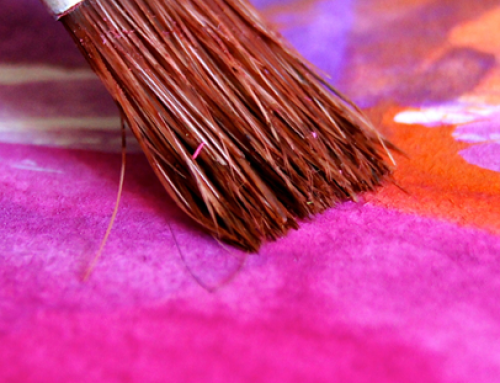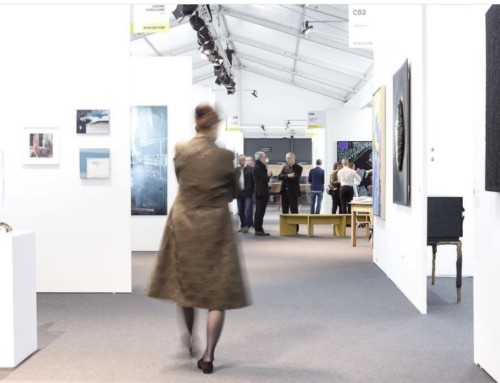
Power plays in Venice, how national representation is funded
In Venice, ita��s all about location, it is pavilion placement that reminds us that not everyone starts out on an even foot, with each country assigned their spot. Powerful Westerners, and some of their former colonies are located in the beautiful Giardini, whilst others must settle for the Arsenale – a respectable location if you dona��t mind being squeezed in. Finally, those for whom art and soft power is clearly not a priority, often rely on generous donors and rent somewhere snazzy in the city for six months.
Once the location has been found ita��s a question of cohabitation…
Amongst rich Westerners the United Kingdom, Switzerland and France, each has a dedicated organization: theA�British Council,A�Pro HelvetiaA�and theA�Institut FrancaisA�respectively. They are further supported by private sponsors and brand partners, as well as the galleries representing the artist.
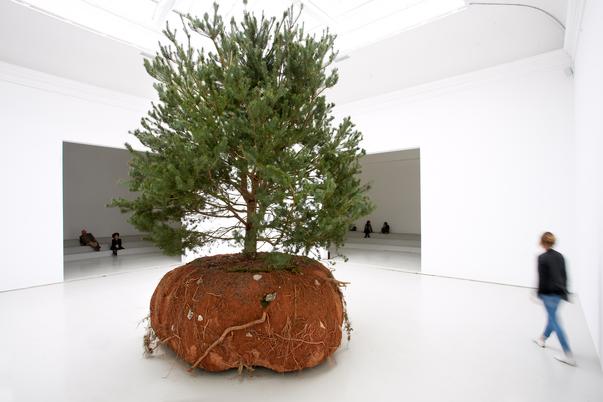
Celeste Boursier-Mougenot – France
The rule of three
The French pavilion, one of the better financially endowed, has a global budget of a��950,000. Revolutions by CA�leste Boursier-Mougenot is funded as so:
- A third of the budget is provided by the Minister for Culture and Communication (DGCA), a��300,000
- A third is provided by the Institut Francais, at a��350,000
- Finally, A third A�(a��300,000) is provided by other partners, both private and public including theA�Museum of Old and New Art,A�Galerie Xippas,A�Paula Cooper Gallery,A�Galerie Mario Mazzoli,A�Fondation da��entreprise Ricard,A�RA�gion Languedoca��Roussillon, laA�Ville de SA?te,A�Les Amis de Jau,A�HSBC France, etca��
Generally, this model can be applied to numerous Western countries, yet some a�� those more financially secure a�� choose not to rely so heavily on private sponsors.
This is the case for the Swiss pavilion. The Swiss foundation for culture, Pro Helvetia, is in charge of their national presence at the Biennale and has a budget of 650 000 CHF (a��617,450). This sum funds the Swiss participation — the pavillion exhibitions, as well as the events cycle “Salon Suisse” held at Palazzo Trevisan — and although the organization does not disclose details relating to external sponsorship, it is probable that it is not particularly substantial.
However, economic power doesna��t necessarily equate to a large budget. For example, Israel, with a total sum of $200,000, the pavilion is largely financed by government organisations and supported by private donors, including the Brandes collection.
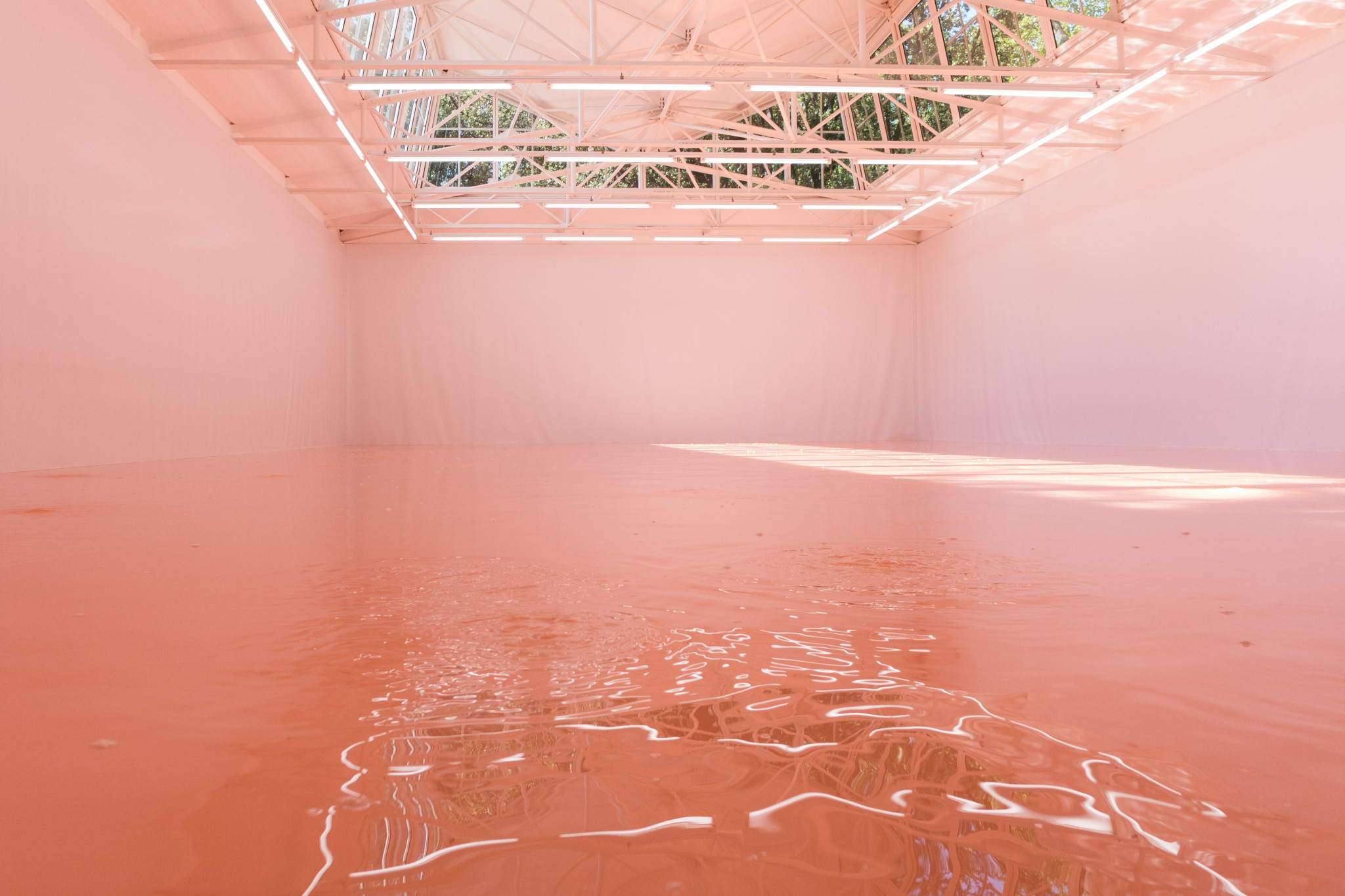
Pamela Rosenkranz – Swiss Pavilion
Stepping in for the State
When the state cana��t be counted on, private takes over, and often it is for the besta�� Unlike countries in the Giardini who are the owners of their pavilions, (except France) those in the Arsenale sign a lease or rent a temporary space which can get pretty priceya��
The (very successful) India-Pakistan pavilion, financed principally by theA�Gujral FoundationA�with the aid various other sponsors, has had to pay around a��200,000, just for the lease of the incredible Palazzo Benzon space, which currently houses the work of Shilpa Gupta and Rashid Rana, under the curatorship of Natasha Ginwala and Martina Mazzotta.
Another example of private funding is the Ukrainian pavilion. In the midst of an unstable period for the country, ita��s billionaire Victor Pinchuk who, as in 2007 and 2009, is funding the pavilion, which showcases the work of Yevgenia Belorusets and Nikita Kadan. ThroughA�his foundation, Victor Pinchuk has also built, at his own expense, A�a glass gallery close to the Giardini.
In an article by theA�FT, a foundation spokesman explains: a�?This is part of a long-term strategy to develop Ukrainian art…Ukraine is under external attack, militarily, economically and also in terms of communication. Venice is a unique opportunity to show a new, open, democratic and self-critical Ukraine to the world.a�?
Concerning countries similarly in turbulent situations at present, Iraq and Syria are also funded by private donors, including theA�Ruya Foundation for Contemporary Culture in Iraq.
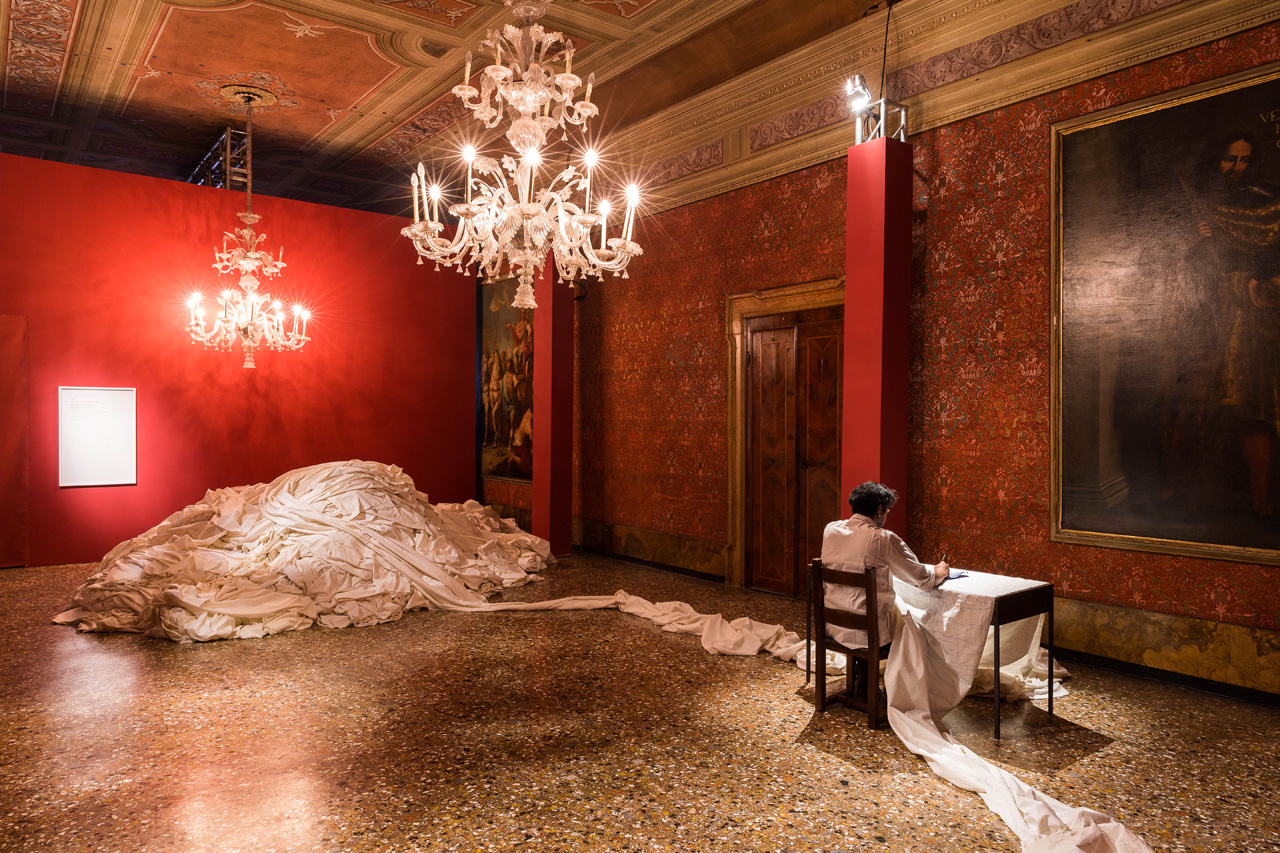
Shilpa GuptaA�- India and Pakistan
Clever Canada
a�?Wea��ve invited people to put coins in a makeshift maze. The coin runs down, rolls, turns and falls into a small terracotta pot, then up a small conveyor belt, and drops back tingling on the signs opposite the windows”, says Jasmin Bilodeau (B for short) from the BGL trio.
Ita��s worth consideringa��
In Costa Rica, ita��s the artists who pay
Costa Rica whose participation has since been withdrawn due to Gregorio Rossia��s request that each of the 50 participating artists, the majority of whom are Italian, pay a��5,000 each. Rossi explained that this method of a�?self-financinga�? is due to the fact that the Costa Rican government has no way of financially supporting itself. While this type of funding doesna��t go against the Biennalea��s rules, it has displeased a lot of the Costa Rican artists. The majority of artists invited to the Biennale were Italian, and only four Costa Rican. The exhibition remains on display, only now without Biennale affiliation.

